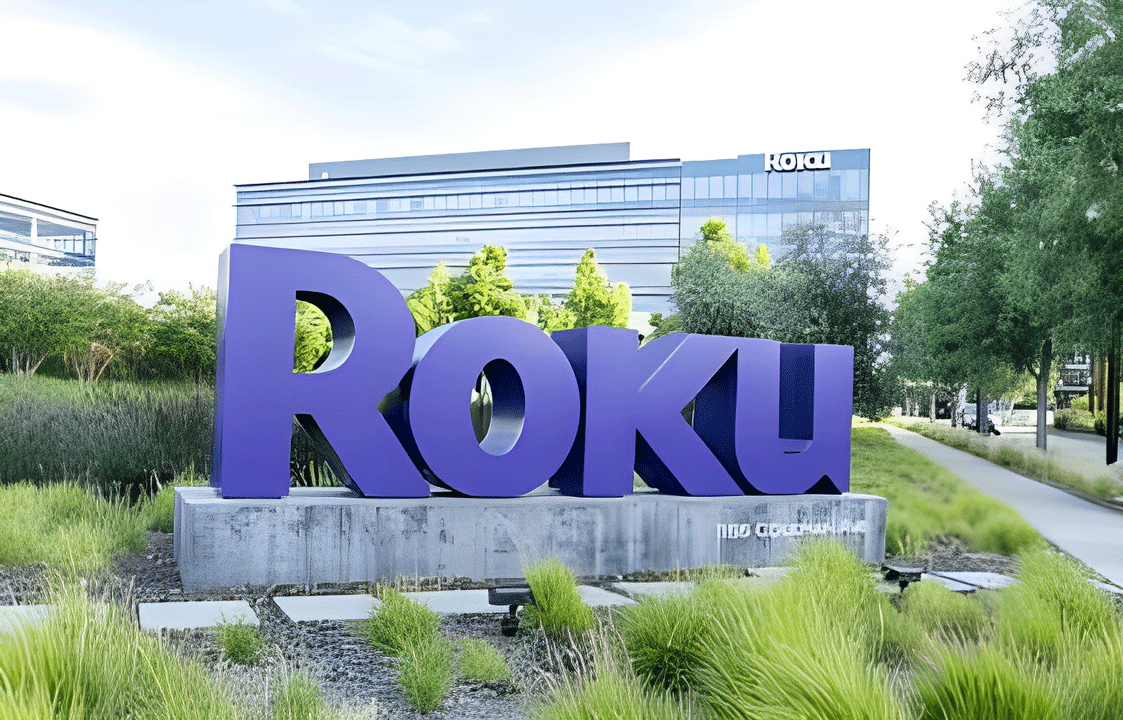Introduction
In an era where streaming, home entertainment, and digital content dominate, companies like Roku are under increasing pressure—not just for what they stream, but how they operate. Sustainability isn’t only about reducing emissions; it includes device manufacturing, energy consumption, content delivery, packaging, electronic waste, and supply chain practices. This article explores Roku’s current and potential efforts in green practices, its challenges, and what a roadmap to sustainability might look like for a streaming hardware + platform company.
What We Know About Roku’s Environmental Footprint
Unfortunately, as of the latest public sources, there is very limited information about Roku’s detailed sustainability efforts. I was able to find only small mentions and general observations. Some of the findings (with caveats) include:
- Pestel/Environmental Factor Summaries: Some third-party analyses suggest that Roku has made efforts in device energy efficiency, such as using lower-power standby modes, and reducing active power consumption. But these claims often seem speculative or based on benchmarking rather than official disclosures.
- Sustainability directory listing: Roku is listed in directories of technology/internet companies with notes that it has energy efficiency programs in its data centers and corporate offices—LED lighting, power management, etc. But again, these references lack depth regarding targets, timelines, or impact metrics.
- Streaming content channels related to environment: Roku hosts or supports environmental / sustainability-focused channels, like Cinema Verde, via its platform. That doesn’t necessarily mean Roku is reducing its footprint, but it shows Roku is enabling environmental awareness through content.
So overall, Roku’s public disclosures are sparse, especially when compared to larger streaming rivals or companies in adjacent sectors that often publish detailed ESG / sustainability reports.
Possible Areas of Green Initiatives & What Roku Could Do or May Be Doing
Given Roku’s business model (hardware + streaming platform + content delivery + device supply chain), there are several key areas where sustainability initiatives are relevant. Below are potential or likely initiatives, based on general industry trends, plus what Roku might already be doing or could do:
| Area | Potential/Opportunity | What Roku Could Be Doing or Should Do |
|---|---|---|
| Device Energy Efficiency | Lower power draw, efficient standby modes, more efficient components (chipsets, power supplies) | Roku can design devices that consume very low standby power, use energy-efficient LEDs, adopt efficient cooling, and provide power-saving settings for users. They might also publish power consumption specs. |
| Renewable Energy / Clean Energy Use | For their offices, data centers, and possibly in manufacturing or sourcing energy credits | Roku could commit to using renewables for its corporate operations and data centers, set targets (e.g. % of energy from renewable sources by certain years), perhaps purchase carbon offsets or invest in on-site solar or renewables procurement. |
| Supply Chain / Materials Sourcing | Use of recycled plastics/metals, using less toxic components, designing for disassembly and recycling, reducing packaging waste | Roku could require environmental/social compliances from hardware suppliers, improve the recyclability of devices, reduce packaging weight and materials, use compostable or recyclable packaging, etc. |
| Electronic Waste Management / Circular Economy | Offering trade-in / take-back programs; refurbishing; ensuring recycling of devices | Roku could run e-waste programs where users return old devices; ensure that components are recyclable; reduce hazardous materials; design devices with modular parts. |
| Content Delivery & Streaming Infrastructure | Data centers can be optimized; CDNs that use low-carbon energy; efficient video encoding; reducing buffering / waste; efficient network usage | Roku could optimize its streaming protocols, use efficient codecs, partner with CDNs powered by renewables, reduce energy use in transmission. |
| Corporate Policies & Reporting | Public commitments (targets, roadmaps), etc | Roku could publish a sustainability / ESG report, set science-based targets, disclose Scope 1 / 2 / 3 emissions, show progress over time (baseline, reductions). Also embed sustainability in governance and stakeholder engagement. |
What Roku Should Be Doing / Could Improve
Because of the lack of robust public detail, here are recommended best-practices Roku should consider or expand on:
- Set measurable, time-bound goals for emissions (Scopes 1-3), energy use, device efficiency, e-waste, etc.
- Transparency & Reporting: Publish regular ESG or sustainability reports. Possibly get third-party verification.
- Supply chain audits: Ensure environmental and labor standards among component manufacturers. Require suppliers to disclose environmental impact.
- Device lifecycle improvements: Design for longevity, repairability, modularity. Provide more software updates to extend life, not forcing hardware replacement.
- Packaging & logistics: Reduce packaging volume/weight, use recycled/recyclable materials, optimize shipping to reduce transport emissions.
- Community & Content: Promote sustainable content but also ensure internal production (if any) follows green practices. If Roku commissions original shows, those productions could adopt low-carbon, waste-aware, energy-efficient sets.
- Engage users: Provide tips and settings in devices/apps to reduce energy consumption; encourage users to power off devices; offer energy-saving modes.
Challenges & Barriers
Roku, like many tech/streaming hardware firms, faces several challenges:
- Hardware lifecycles: users replacing devices often; difficulty balancing cost, performance, and sustainability.
- Supply chain complexity: components sourced globally; varying environmental standards across suppliers.
- Measuring Scope 3 emissions: especially for manufacturing, shipping, user-use energy, content delivery networks.
- Trade-offs between device cost and sustainable materials.
- Economic pressure: margins, cost of greener components, etc.
What Could Be Roku’s Sustainability Roadmap
Here is a sample roadmap that Roku might adopt (or may already be working towards), in order to more fully embrace sustainability. It’s speculative but grounded in what similar companies are doing, plus what is feasible.
| Timeline | Goals / Actions |
|---|---|
| Short-Term (1-2 years) | • Publish environmental impact baseline for operations and device manufacturing.• Commit to renewable energy procurement for offices/data centers.• Introduce take-back/e-waste program in key markets.• Reduce packaging waste (material reduction, more recyclable materials).• Implement energy-saving modes in devices/software.• Begin supplier sustainability audits. |
| Mid-Term (3-5 years) | • Set science-based targets for emissions (Scopes 1,2,3).• Improve the carbon intensity of streaming delivery (CDN partnerships, more efficient encoding).• Increase device lifespan; improve repairability / modularity.• Expand renewable energy use; possibly on-site generation or PPA (power purchase agreements).• Full transparency: publish ESG/sustainability reports, third-party audits. |
| Long-Term (5-10 years) | • Achieve net-zero or carbon-neutral operations including supply chain and device manufacturing.• Circular economy: devices are widely recyclable / refurbished; minimal e-waste.• All packaging is compostable/recyclable; zero or minimal plastic; logistic emissions reduced significantly.• Streaming infrastructure powered by clean/renewable energy sources.• Sustainability embedded deeply in corporate culture, R&D, content commissioning. |
What Competitors / Industry Trends Suggest — Useful Benchmarks
To understand what Roku might aim for, here are some examples / trends from similar companies:
- Streaming platforms (e.g. Netflix, Amazon, Disney) often publish climate goals, renewable energy use, efficient streaming, sustainable productions.
- Hardware manufacturers are increasingly using “design for the environment” principles: reducing toxic materials, using recycled plastics, making packaging more sustainable, offering trade-ins.
- Content production: “green sets”, sustainable sourcing, waste reduction, eliminating single-use plastics, use of renewable fuels or generators.
Conclusion
While Roku’s public transparency about sustainability is, at present, limited, the company sits at a point where many opportunities exist. Given its role both as a hardware manufacturer (streaming devices, Roku TVs etc.) and a platform for streaming content, Roku has multiple dimensions where environmental impact can be reduced. With measured goals, improved disclosure, supply-chain engagement, and design for longevity, Roku could play a stronger leadership role in sustainable streaming and device manufacturing.
If you like, I can try to find Roku’s latest sustainability report (if it exists) or contact investor disclosures to get actual numbers (emissions, energy use, etc.) and build a more data-rich version of this article. Would you prefer that?



